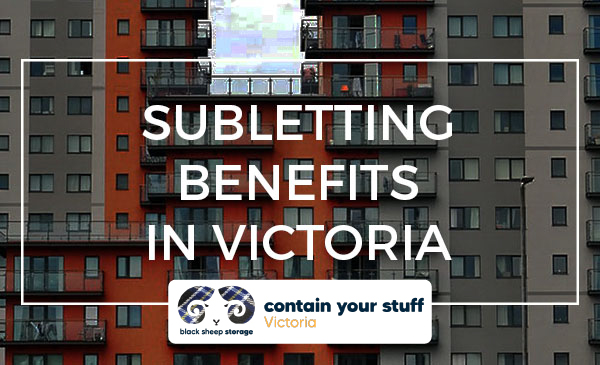Subletting can be very beneficial if all parties involved agree to this. It is also important to make sure that you understand both the pros and the cons of subletting before you jump in. Another important point to consider is that renters don’t have the authority to make this decision; the final decision must be the landlord’s. Below are some of the pros and cons of subletting a home.
The Benefits of Subletting in Victoria
Pros:
• Someone can pay the rent while the property is vacant
• Tenants can earn some extra cash during the months that they are allowing someone else to sublet the apartment or house
• The physical presence of someone occupying the home while the tenant is not present protects the home
• The person who sublets gets a shorter lease
• The person who sublets saves money on move-in costs
• The person who sublets can get to know the neighborhood before deciding to find a long-term lease
Cons:
• Landlords have limited or no say in who gets to sublet the house or apartment
• Inconsistent, you may end up with numerous people subletting the apartment or house over time and each presents a possibility of damaging the home
• A tenant owes a duty to the landlord, however the person subletting does not
• If it comes down to it, the landlord may have to evict both the renting tenant and the person subletting
• The landlord may need to seek a storage unit for valuables during the rental
This provides more of a benefit to those that are renting and less of a benefit to the landlord him or herself. However, allowing subletting in a lease makes the rent agreement more marketable, especially in areas with a University or College present. Students oftentimes leave for the summer, leaving the home vacant for months at a time. Check with your landlords to see if this is a good option for you over the summer months.










